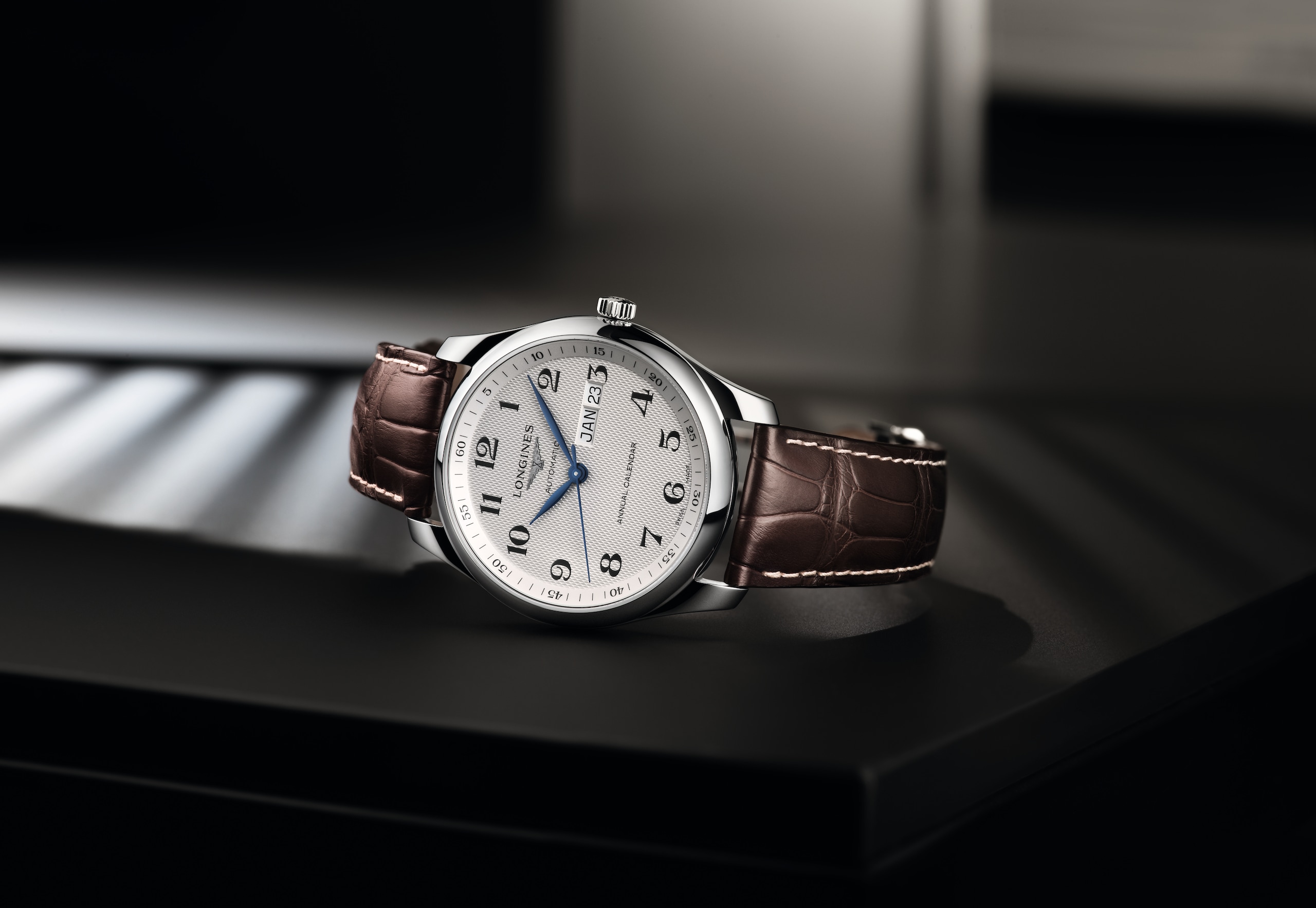
Different Types of Calendar Watches
There are a host of types of calendar functions built into a watch—each of which operates slightly differently from one another, with some being simple and some being highly complex.
Sometimes the days just seem to run into one another and time gets away from us. When that happens, it’s great to be able to glance at the watch on your wrist and get the information you need in a moment. For this reason, calendar watches are regularly sought-after by collectors and watch lovers. However, not all calendar watches are created equally. There are a host of types of calendar functions built into a watch—each of which operates slightly differently from one another, withs some being simple and some being highly complex.
Make no mistake by the use of the word “simple.” Adding a calendar to a mechanical watch is no easy feat. It requires the development of extra mechanisms, systems and parts, and takes more assembly time. Here, we look at a few examples of calendars from the simple displays to more complicated calendar function.
Standard Calendar
The simplest of calendar complications is the date-only timepiece, which shows the date increments daily from 1 to 31. A standard calendar on a watch may also offer day of the week and date, or offer a month indication. Generally, the information is displayed on the dial either via window apertures or with a pointer hand on a subsidiary date-disk dial or chapter ring. On these watches, the wearer usually has to manually change the date on the first day of the next month if the current month ends in fewer than 31 days. For instance, September has only 30 days, on October 1, the wearer needs to set the date disk to move past the 31 and onto the 1 of the month.

Annual Calendar
The annual calendar tracks the month and date for the wearer automatically from month to month for months where there are 30 and 31 days. However, on the short month of February, as March 1 rolls around, the wearer needs to make a single adjustment to compensate for that short month (even during leap years). Making an adjustment just once a year, though, is preferable to many people rather than making almost monthly adjustments.

Perpetual Calendar
The most sophisticated and complicated calendar type, the perpetual calendar will automatically track the day, date, month and other information for the wearer until the year 2100, taking into account leap years. In the year 2100, the leap year that is supposed to happen will be skipped in order to align the calendars to real time. This is the reason the watch will need an adjustment on March 1 of 2100. Perpetual calendars also typically track more information than just the day, date and month. They offer moonphase indications, leap year indications and sometimes more. These complicated watches house hundreds of tiny mechanical components and take longer to assemble than a standard or annual calendar.

Calendar Combinations
Sometimes, the calendar is also combined with other small complications, such as the chronograph or moon phase indicator for added allure. For example, in the Longines Master Collection, there is a model with subsidiary dial that displays the date via a pointer hand, and the moonphase display in the center. There is also a column-wheel chronograph version that is combined with day and month display, as well as moonphase indicator.

Calendar Caveat
It should be noted that all of the examples above require the mechanical watch to remain consistently running. Once the power winds down and the watch stops, the wearer will have to reset each type of calendar.
Discover more articles
View all